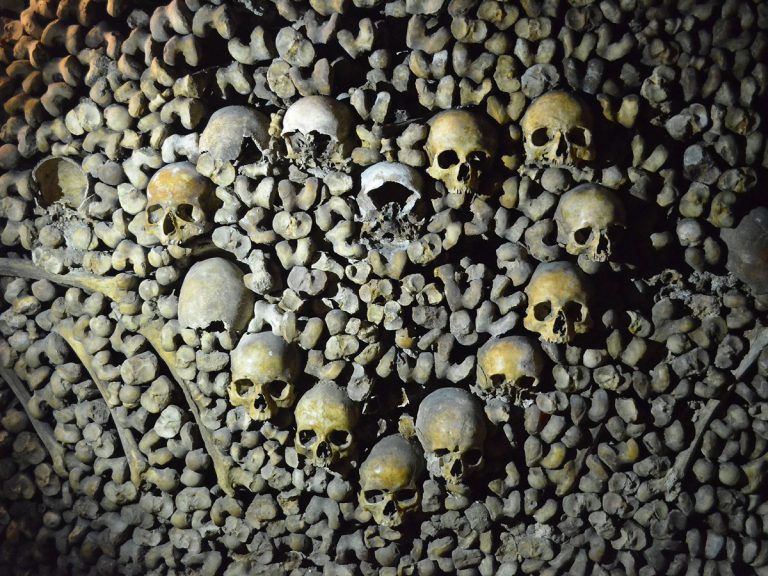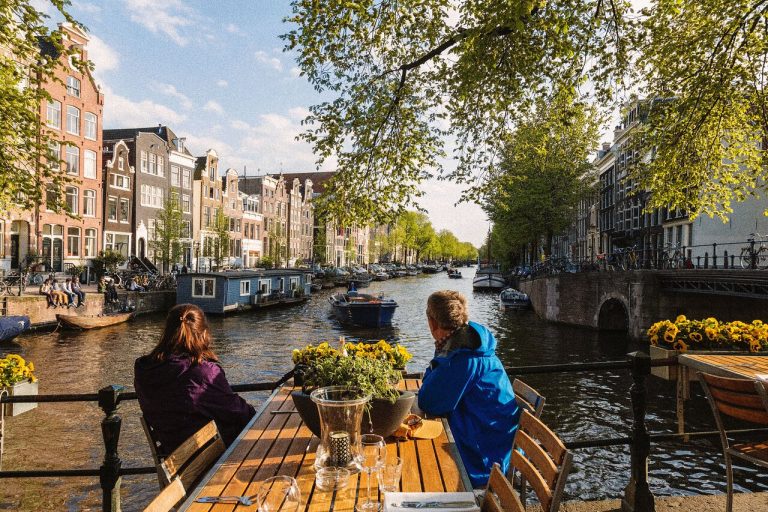
Coral reef plants play a vital role in the survival of a coral reef ecosystem. These plants provide food, oxygen, and shelter to the animals that live on the reef. Common categories of plants living here are mangroves, algae, and seagrasses.
Mangroves Provide Protection for the Reefs
Mangroves are a group of plants that belong to different plant species.With their roots firmly planted in the ocean floor, they help to stabilize coral reefs from erosion. They also filter out pollutants and provide a safe home for marine life.
Black Mangroves:
The black mangrove is named for the color of its bark. It grows in the tropical and subtropical regions of North and South America, and is found on both coasts. It also grows in the Atlantic waters off the coast of tropical Africa.
The black mangrove can grow in height in excess of 50 feet. Its roots can breathe under water. The seeds are encased inside a fruit, but germinate while still on the tree.

White Mangroves:
The white mangrove produces a greenish-white flower. It also is found on the Atlantic coast of Africa and both coasts of North and South America. White mangroves can grow to be over 50 feet tall, have a reddish colored rough bark, and produces a reddish-brown fruit.
Algae and Coral Work Together for the Survival of the Reef
Algae are plant-like organisms that use photosynthesis, but do not have true stems, leaves or roots. They can be found in both single-cell and multi-cell varieties.
The algae produce oxygen, helps the coral to remove wastes, and provides food for the coral’s aquatic life. In return, the coral provides the algae with a place to live and elements they need for photosynthesis.
Coralline Algae:
Coralline algae are of the group of red algae, but actually can be found in different colors. It supports the coral growth by attracting coral larvae. It secretes a carbonate substance around itself that becomes part of the coral reef. By growing over breaks, coralline algae helps patch up broken coral skeletons.

Zooxanthellae Algae:
Living within the tissues of coral, zooxanthellae algae provide a variety of nutrients needed for coral growth. The coral uses these products to produce proteins, fats, and carbohydrates. Containing chlorophyll, they can be found in both green and brownish colors.
Seagrasses House and Shelter Reef Life
Seagrasses are not part of the grass family, but are flowering plants that live underwater. They provide a nursey, shelter, and food for the animals that choose to live in coral reefs. They also help to filter out sediment, reducing the amount that is able to settle on coral. (Seagrasses are not to be confused with seaweed.)
Turtle grass:
It is the most common type of seagrass living off of the coast of Florida and throughout the Caribbean. Its blades are flat and grow up to 14 inches long and 1/2 inch wide. It can exist in depths of 30 feet of water with roots reaching more than ten inches into the ocean floor. It’s a favorite food of green sea turtles.
Manatee grass:
It gets its name from being a favorite food of manatees. Its blades are cylindrical and reach heights of 20 inches. Unlike turtle grass, its roots barely grow below the ground.

Shoal grass:
Shoal grass can thrive in harsh ocean conditions; areas of high salinity and wave energy. Its blades are flat and only grow to be four to six inches tall.
Paddle grass:
Paddle grass is recognized by its paddle-shaped blade with a rounded tip. This grass only grows to be about an inch tall and 1/8th of an inch wide. It can be found in the Gulf of Mexico, the Caribbean, and in the ocean waters around Indonesia.
Coral reef ecosystems provide much beauty to the oceans with their vibrant colors and diverse animal life. Coral reef plants provide them with much support to thrive.




